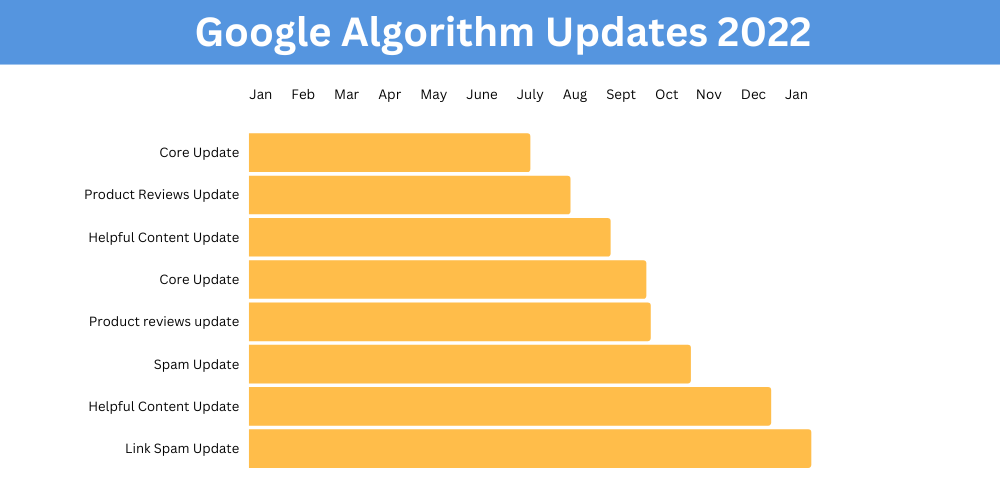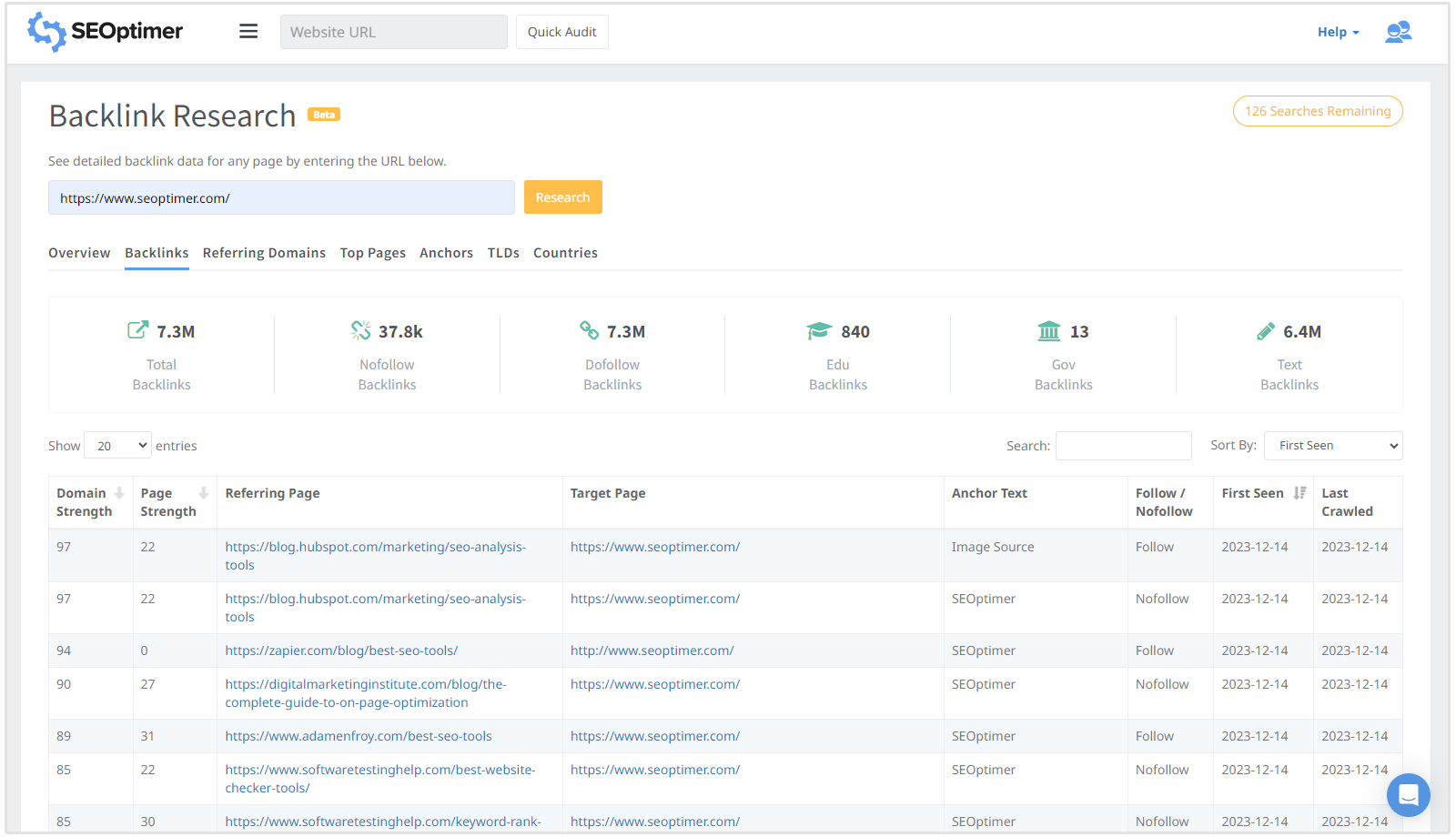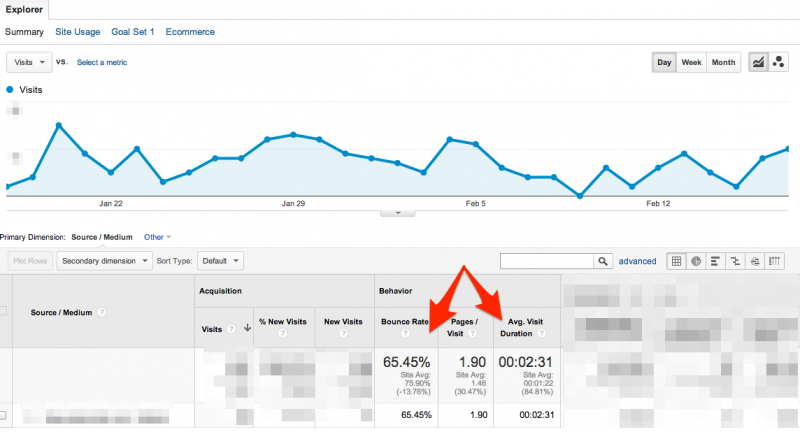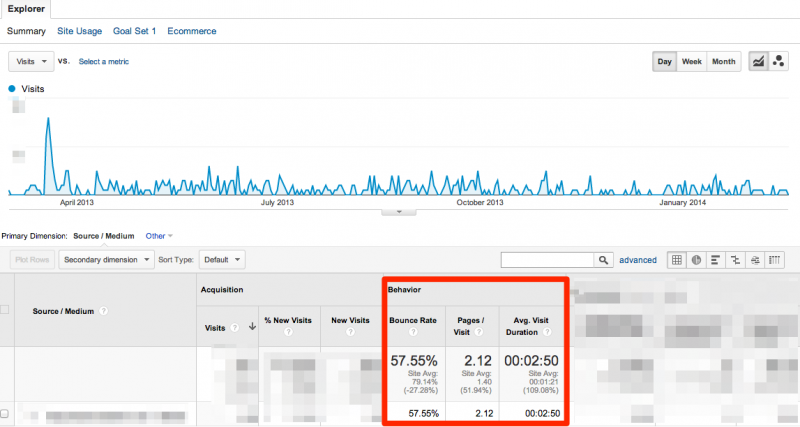
You’ve probably asked yourself, many times, “How do I build backlinks to my website for the best SEO results?”
Don’t worry , you’re not alone.
Even people with backlink experience wonder this from time to time.
And we all find ourselves asking this question again after Google releases a new algorithm update.

The Question of Getting Backlinks
If lots of people are asking how to build the best backlinks, surely someone has answered the question in a satisfying way!
Well, yes and no.
Numerous self-called experts are out there giving different tips and advice but, unfortunately, most of the time, the only thing they do is confuse people.
Today, I’ll make things nice and simple.
I’ll talk about how to get backlinks—and specifically backlinks that deliver real SEO results. Of course, the key word here is “results.”
Who wants to chase links for months, only to see no real SEO success at all?
How to Build Good Backlinks
In this article, I’ll talk about how to build backlinks to your website, and also tell you about the links that can potentially hurt your rankings.

The old days when all types of backlinks were considered good for SEO are long gone. For years, many webmasters relied on sloppy techniques and used automated tools to build hundreds of backlinks every day.
Things have changed a lot since then.
In today’s SEO, high-quality and relevant backlinks have the most value.
But how do you build good backlinks?
Here are some tips you should follow to get good backlinks to your website.
Trust No One
Don’t rely on the tips you read from unknown sources. If somebody discovers the secret to rank first on Google for competitive keywords, it’s very unlikely that they’ll share it with strangers.
Always do your research and conduct your own experiments.
With very little money, you can create a website to test all types of backlinks and have your own case studies.
Have Patience when Building Backlinks
If you’ve just created your website, the chances of getting fast and natural links are almost zero.
Natural links take time.
Saying your prayers before going to bed, in the hopes that Forbes or the Washington Post will link to you, won’t get you anywhere. Instead, you’ll have to build some links and drive relevant traffic to your website.
How do you do this?
One common method is to write guest posts on reputable websites in your niche.
Write the Right Guest Posts for the Right Sites
When you write guest posts for other websites, don’t do it just for the purpose of getting a link in the author bio.
This method has been abused a lot lately, but with the right strategy, you can stand out from the crowd.
Here are some tips to scale your guest posting technique:
- Don’t overlook websites that don’t have a “write for us” page. Not every website has one of these. Some of the best websites for getting backlinks are ones without these pages.

- Only write for highly reputable websites in your niche. Don’t waste time writing for websites with a Domain Strength lower than that of your site. Your link will have very little value, and you might end up having your link removed without further notice. (To check out a site’s Domain Strength and other key SEO metrics, use our Backlink Research tool.)

- Write more than one time for each website. Build a relationship. Put effort into an ongoing collaboration. Otherwise, it’ll be obvious you’re writing only to build backlinks.
- Monitor the links from your guest posts. Use a backlink monitoring tool for automatic updates and keep track of all your backlinks. Sometimes, webmasters remove or change your links from dofollow to nofollow, or remove your backlinks entirely, and you should know about this.
- Always link to your social media accounts in the author bio of your articles.
This is a screenshot with the direct visits received over the last month from an article I wrote for a popular website.

As you can see, the bounce rate is 65% (13% better than my overall website’s performance) and the average visit duration is 2:31 minutes (84% better than my website’s average duration per visit).
I’m getting hundreds of visits every month, just from this article.
Do you need another successful example? Check the results of another guest post I wrote a while ago.

This time, I’m showing you the results over the last few months so you can see that guest posting is a long-term method to drive traffic. The results are even greater this time.
The bounce rate is 57%, which is 27% better than my overall website’s statistics. The average time duration is 109% better than my average visit length.
Why were the two examples I just shared successful? Because I followed all the rules mentioned above.
I wrote detailed and high-quality articles on reputable websites in my niche and people loved them so much that they decided to check out my personal website as well.
I didn’t write them just to get a backlink, but to get both the benefits of traffic and SEO. Even if these links had been nofollow, I would’ve gained hundreds of visits per month.
The Smartest Ways to Build Good Backlinks
The best links to your website are the ones coming from real websites, with good content and lots of social media shares.
You can either earn these backlinks naturally or build them yourself.
As long as they come from the authority websites in your niche, they have great SEO value.
I won’t insist on a specific link building method. What works for me might not work for you. This is the reason why, at the beginning of the article, I said you should do your own experiments and decide what’s best for your website.
You can also check what your competitors are doing in terms of SEO, and if their strategy works, try to build the same links.
The most common methods to build quality backlinks are:
- Guest posts on related websites
- Build links with infographics
- Broken links method
- Blog commenting
- Skyscraper technique
- Niche forums
- Email outreach to influencers
Which Backlinks You Don’t Want to Build
There are several types of links you should avoid having in your backlinks profile. The worst you can have are the spammy ones you can’t control.
Here are several examples of bad backlinks:
- Links from pages with thin content. Google devalues pages and websites with very little content, and it’s obvious that links from these types of websites carry little SEO value.
- Websites that don’t provide value to users. The best examples in this category are social bookmarking websites, directories and article directories. All of these can be used only for the purpose of SEO, and Google doesn’t give them a lot of credit. What’s even worse is that, once you’ve submitted your link to any of these websites, it’s almost impossible to remove it.
- Comment spam. Nobody likes spam, and neither does Google. If you’re posting spammy comments all over the internet, you’ll lose your website’s reputation, and you might also lose your rankings in search engines. Even nofollow comments can be suspicious if you abuse them. Check out Matt Cutts’s answer to spammy comments:
Final Thoughts on Getting Backlinks
If you want to build backlinks to your website, you have to do it with caution and knowledge.
You should monitor each backlink you create or earn and verify it carries any SEO value.
Always avoid getting backlinks from pages where you don’t have any control. The last thing you’d want is to have hundreds of backlinks you can’t remove.
How’s link building working out for you lately? Tweet to us @seoptimer.










